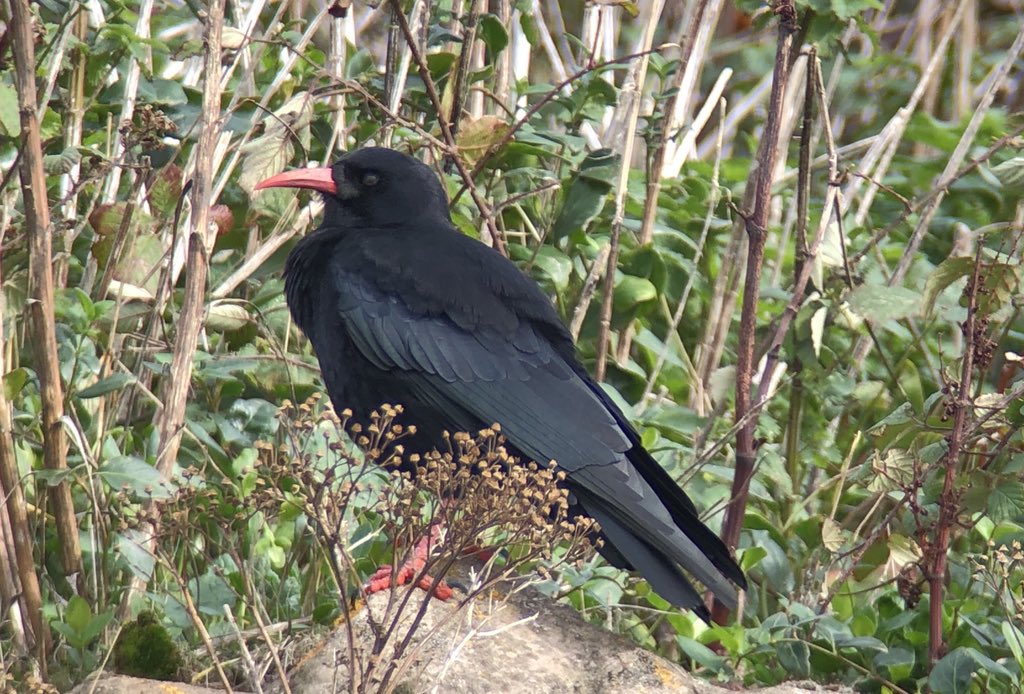Frog Orchid (Coeloglossum viride): Today I took up the invitation from Mark Payne to explore the old lead spoil heaps of Eryrys Quarry, a site he is familiar with and last week photographed a frog orchid, an orchid I had yet to see.
The Eryrys and Loggerheads areas within the Clwydian range AONB have a shallow base-rich soils derived from the underlying limestone rocks that form a lowland calcareous grassland and upland calcareous grassland. Perfect for these orchid species and other rare plants.
Unfortunately, and what I suspected, the frogs had goen over and were far from at thie best. Still its one I can se again next yaer in full flower.
Common Fragrant Orchid (Gymnadenia conopsea): Another orchid we found, that was much more abundant were fragrant orchids, coloured in many different shades of pink and white.
Lovely to see.
Spring Sandwort (Minuartia verna): Eryrys Quarry used to mine lead and most of the site is built on the old spoil heaps that are frosted in small white flowers clustered together.
Spring Sandwort typically grows in unlikely places and can be found on heavily contaminated ground such as slag heaps and in the crevices of rocks. Although nationally scarce, it is quite common in Denbighshire.
Greater Butterfly Orchid (Platanthera chlorantha): From the disused mine at Eryrys Mark and I haeded over to the nearby Panymwyn pastures a criss-cross of headrows, small woodland rides and open meadows.
We went on the information that there are lesser butterfly orchids which have been mapped in the area, I was keen as once again i needed lesser.
Mark and I searched the whole area, twice, we covered a large amount of ground and looked for a good couple of hours.
At first we could only find hand fulls of common spotted and the odd common twayblade, most of which were looking very ropey as the season is progressing and its been particularly hot.
I was about to give up as the heat of the day sapped all my energy and keeping up with Marks quick pace was getting harder, until we decided to give the big main meadow another once over.
And this time we struck lucky.
However the butterfly orchids we found were not lesser, but greater, nevertheless we were happy and I had a very enjoyable day hunting for orchids.
 But not this time, the bird remained faithful to its feeding foraging site, behind Treeve Moor guest house and showed well without waiting too long.
But not this time, the bird remained faithful to its feeding foraging site, behind Treeve Moor guest house and showed well without waiting too long. These three local birders not only saw the bird first and kept schtum, but moved to a completely different area to view he bird and purposely didn't tell anyone else. I was disgusted by their selfish behaviour.
These three local birders not only saw the bird first and kept schtum, but moved to a completely different area to view he bird and purposely didn't tell anyone else. I was disgusted by their selfish behaviour.



















































